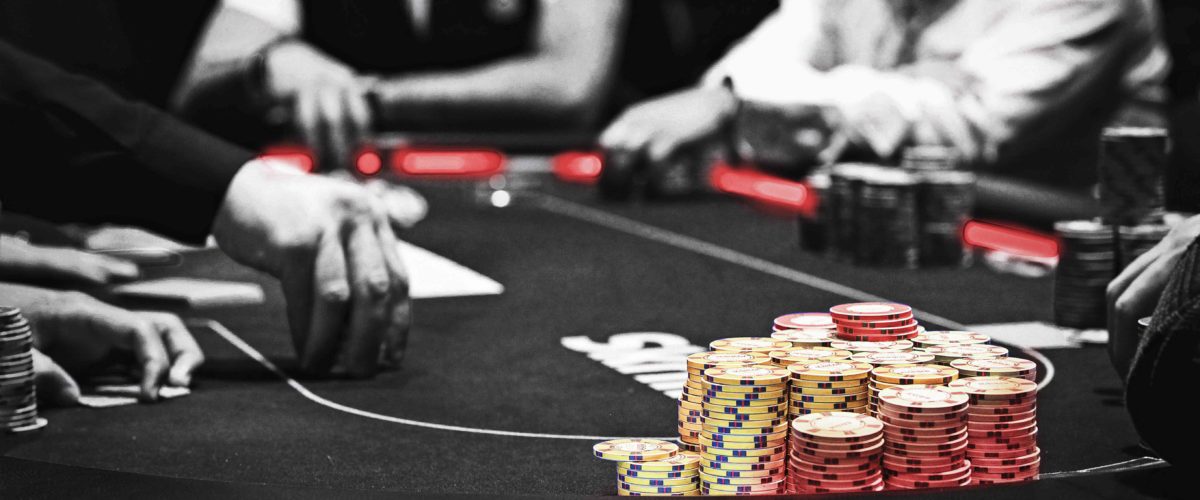How to Survive and Win a Huge Poker Tournament (Part 1)
Buying into a poker tournament like the MicroMillions Main Event or the Sunday Million can be a daunting experience. One look at the lobby and you’ll see thousands of other players also seated and battling it out to win the tournament. It can feel like an impossible task to outlast all of these opponents, make the final table and go on to win. However, there’s no need to approach a huge poker tournament with this outlook. It is possible to go all the way and win – here are some tips to give you the best chance of succeeding…
Don’t get ahead of yourself
Try to avoid concentrating on the total number of players in the tournament and focus just on what is happening at your own table. This is the only place where you have any influence – the other tables will take care of themselves. In a tournament with hundreds or thousands of players you will be playing poker for a long time before the major prizes are handed out. (In a live tournament like an EPT Main Event this will be several days, whereas in an online tournament like the Sunday Million it could be upwards of twelve hours.)
It’s crucial to remember that you can’t win the tournament in these early stages. Resist the temptation to look at how many chips the chip leader has early on; it’s irrelevant. The only thing to concentrate on is how your stack compares versus the blinds. If you are in a comfortable zone – for example, your stack is over 25 big blinds – then there’s no need to panic even if you’re the short stack on your table. Just continue playing your own game and if you continually make correct decisions the chips will come your way eventually. It’s only in the latter stages of the tournament, when you reach the bubble or the remaining couple of tables, when being aware of how your opponents are doing can be an important part of your own strategy.

The crucial middle stages
In many ways, navigating through the middle stages of the tournament – where the blinds are getting higher but the bubble is still a distant blur in the distance – are the most difficult of all. It’s at this point where your strategy should shift and you should try to loosen up your game a little bit. In the early stages there’s really no benefit in trying to steal the blinds as they are so small. Instead, it’s best to focus on actually making a hand and trying to get maximum value from it. But once you hit the middle stages those blinds are suddenly quite valuable, especially if antes are also involved. If it’s folded to you in late position try and steal the blinds as much as you can. There’s no need to have a strong hand when you do this because you’re raising as a steal, hoping there won’t be a flop. Even if the small or big blind calls then a simple continuation bet will often win it for you anyway.
There will be a much wider spread of stack sizes in the middle stages that you should pay attention to. It’s probable that on your table you will have short stacks of less than 10BBs, medium stacks of 25-35BBs and chip monsters of 50BBs+. This creates a very different conundrum from the early stages when everyone essentially has the exact same stack. It’s very important that you analyse the stack sizes of the players around you before you make a move; for example, don’t raise a weak hand like 5-4 suited when the three players left to act all have between 10-20BBs. It’s very possible one will shove on you, leaving you unable to call. But if you have that hand the players left to act have between 25-35BBs it’s a perfect hand to open as they are more likely to call or fold rather than shove.
If you can build up a stack in the middle stages then you’ll have a great chance to make the money and go on a deep run. Find out more about navigating the bubble, hitting the final table and going on to win a huge poker tournament in Part 2.

